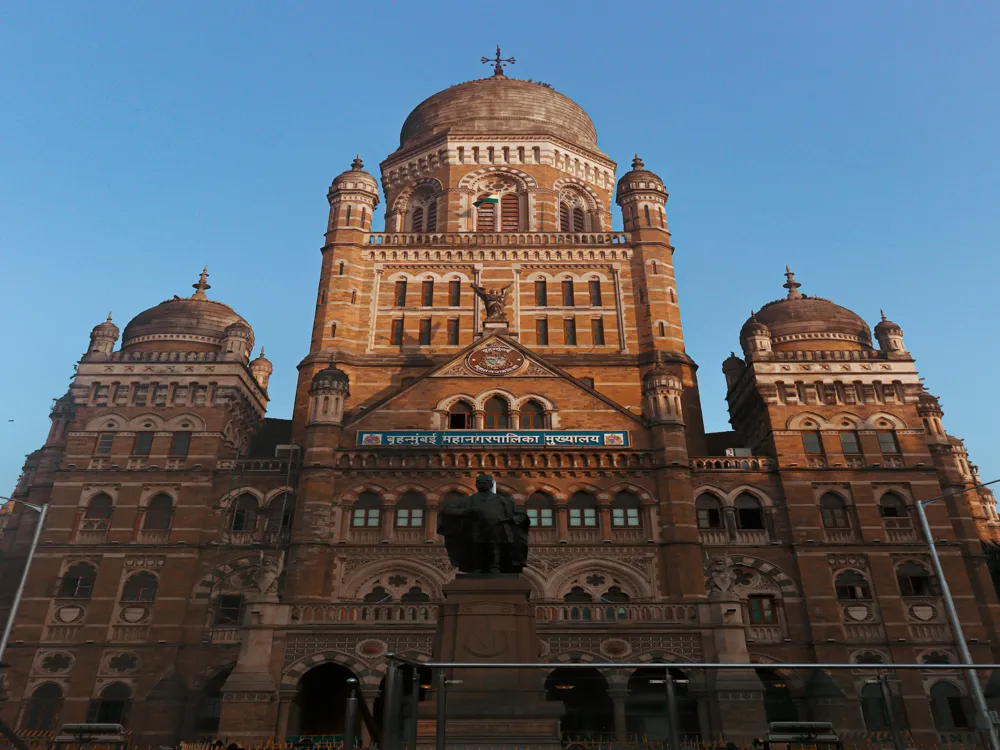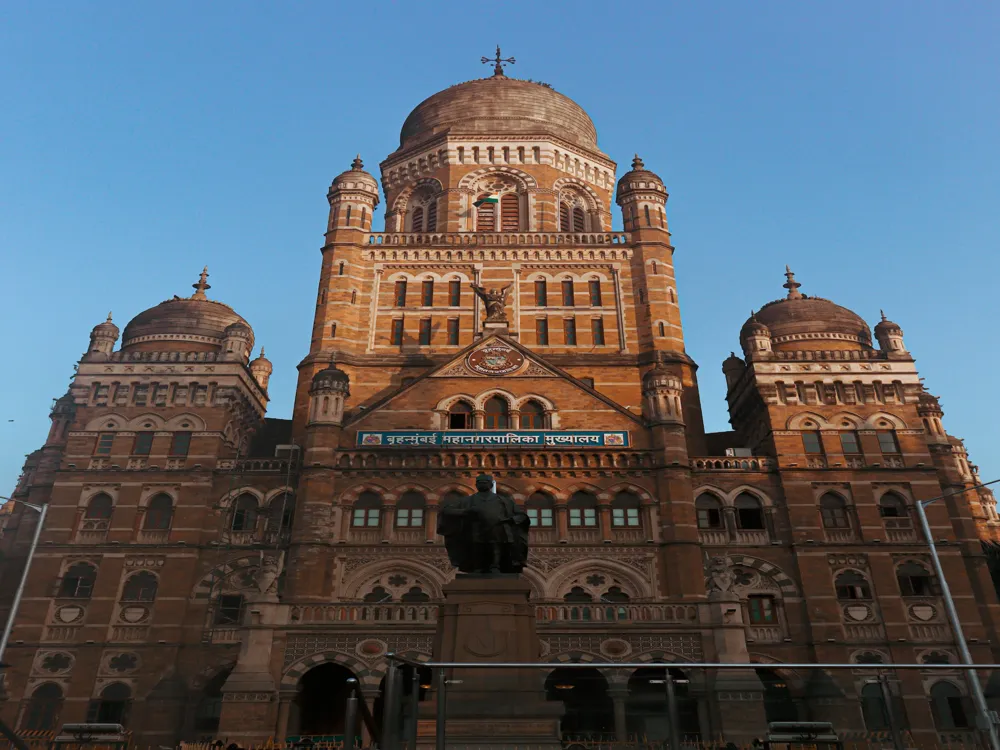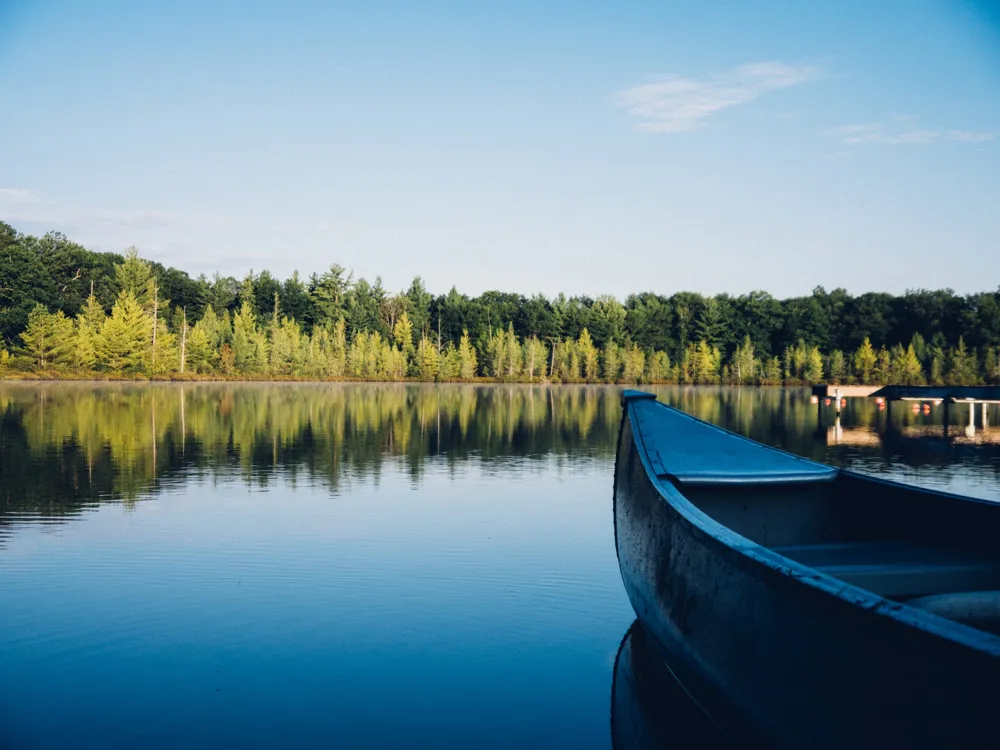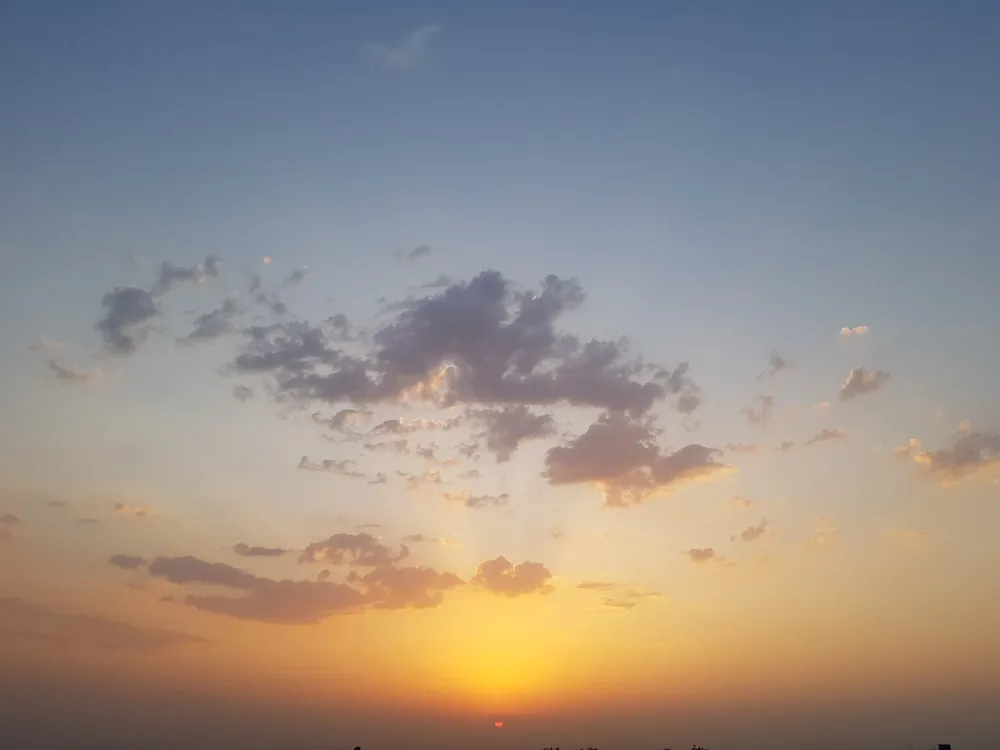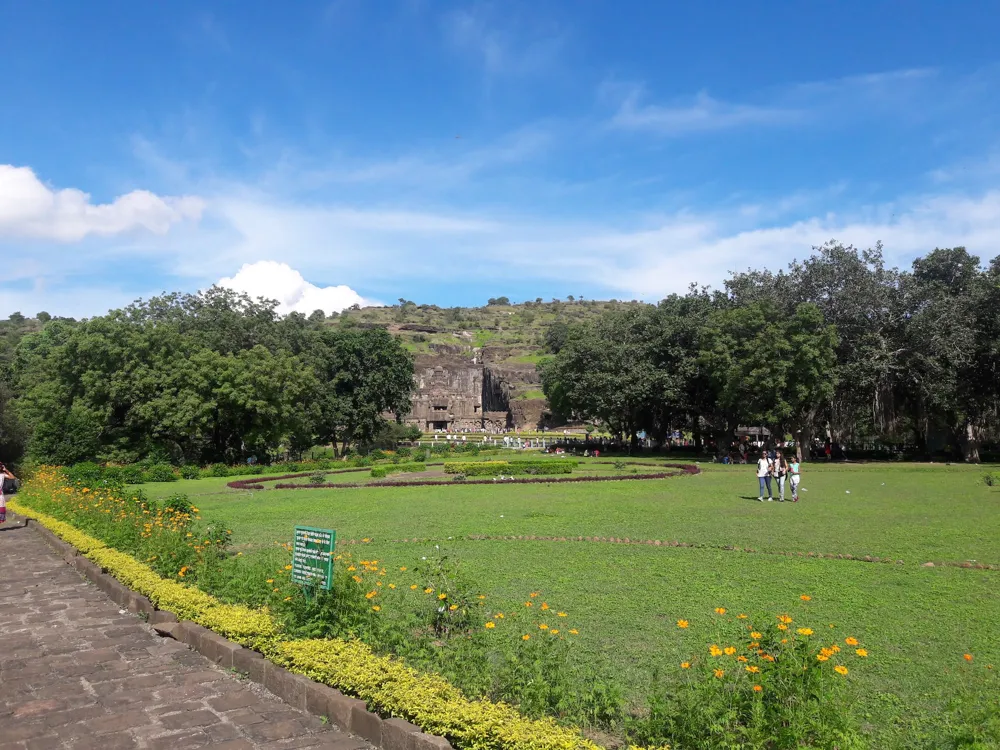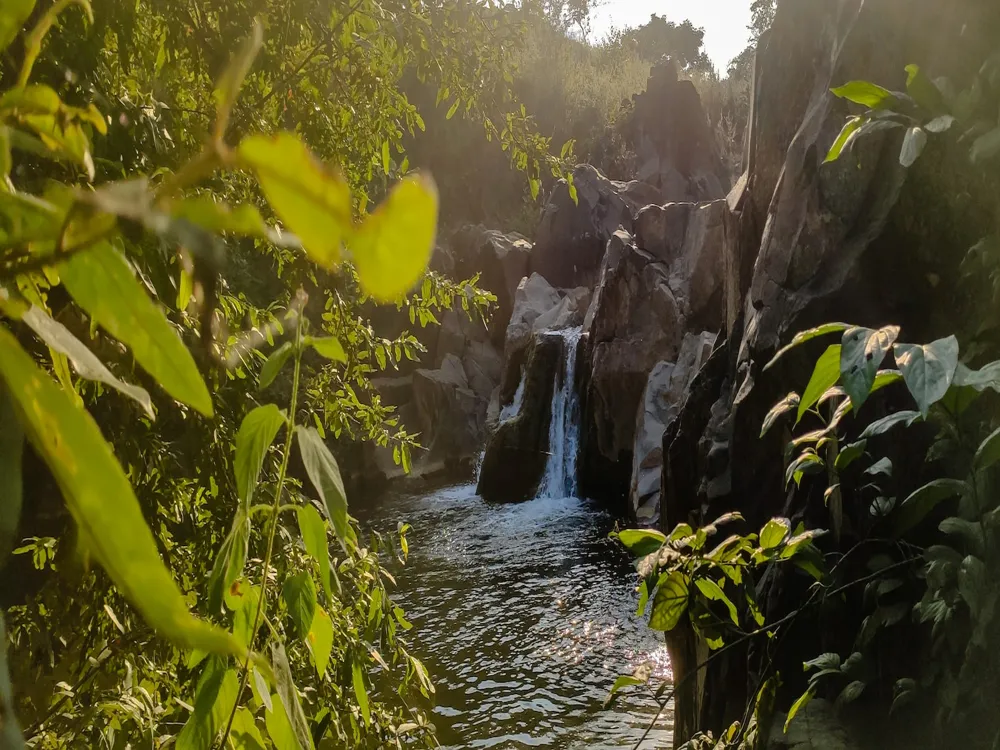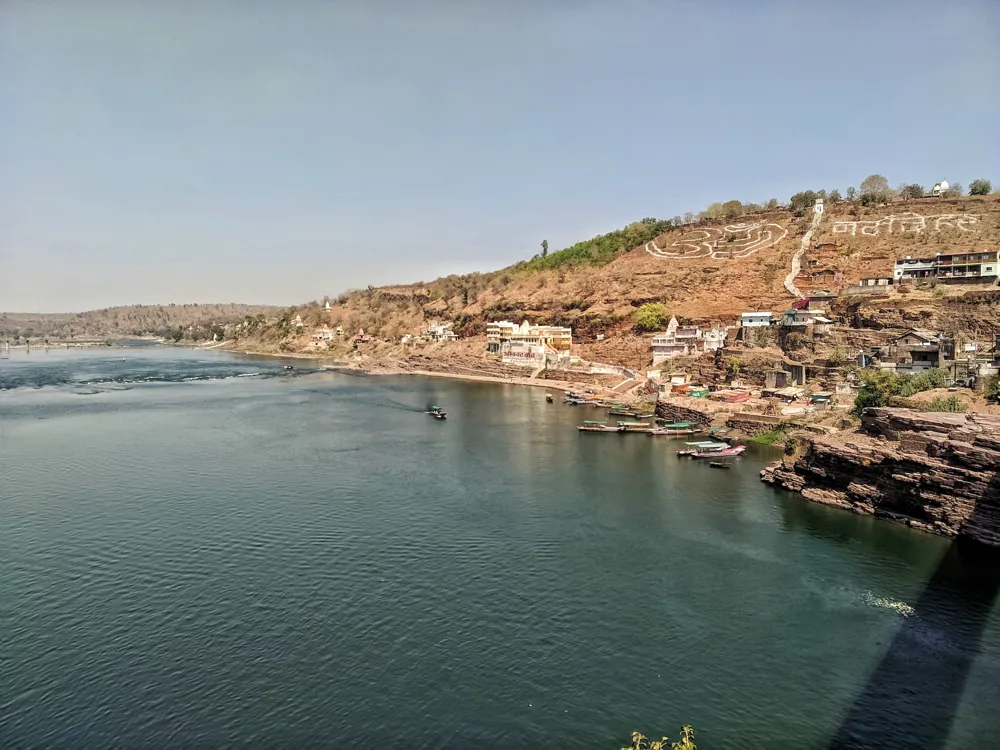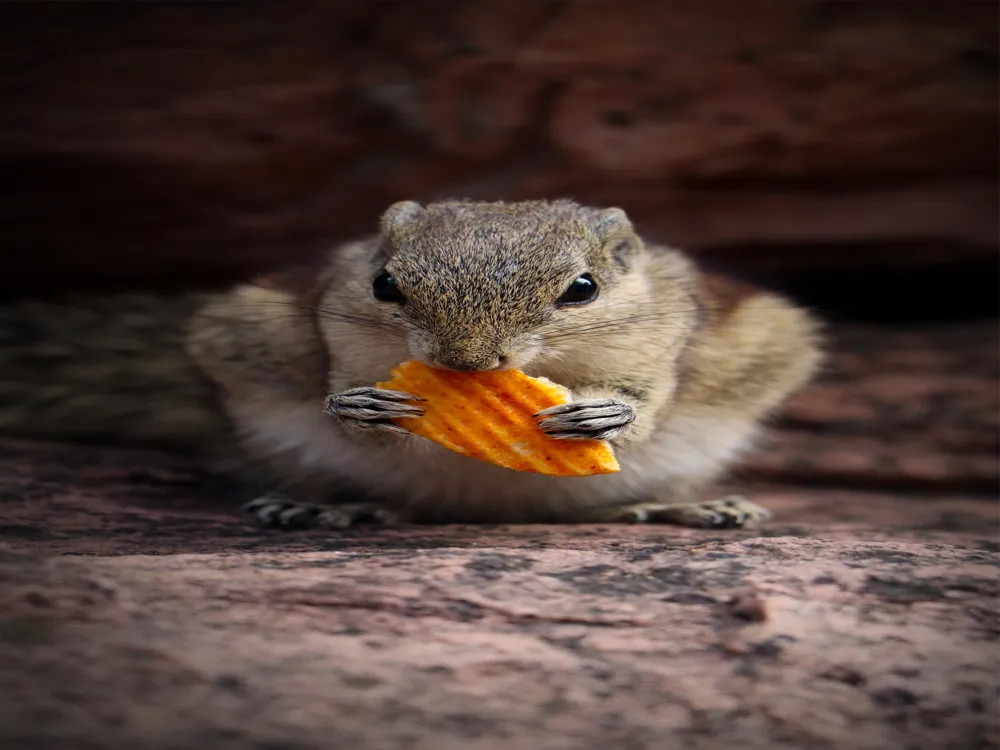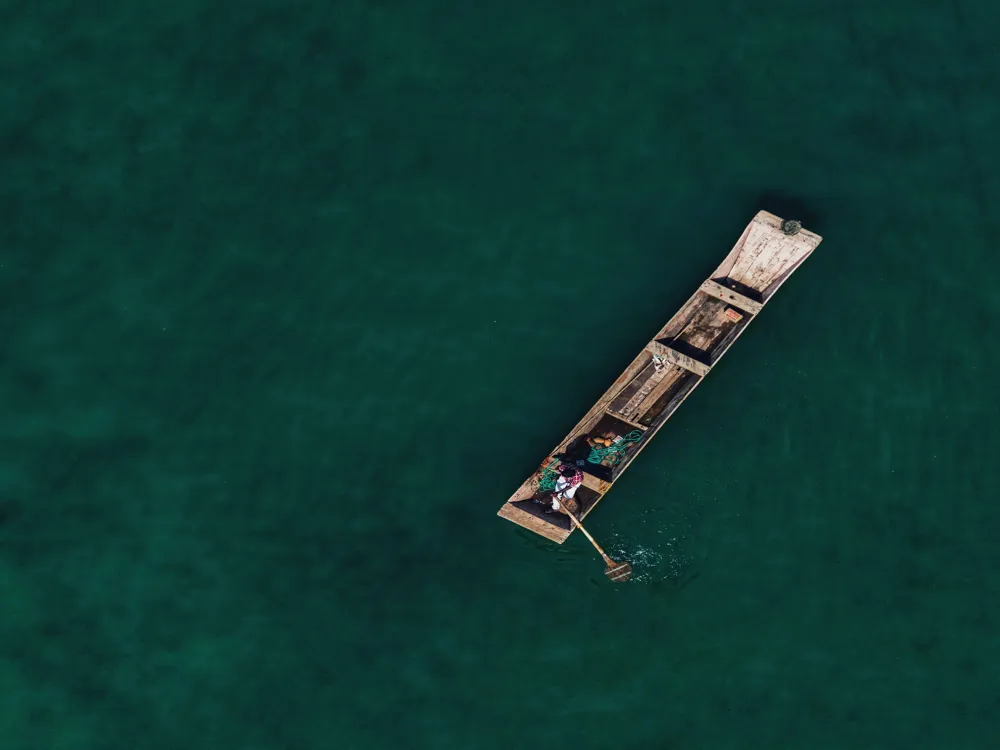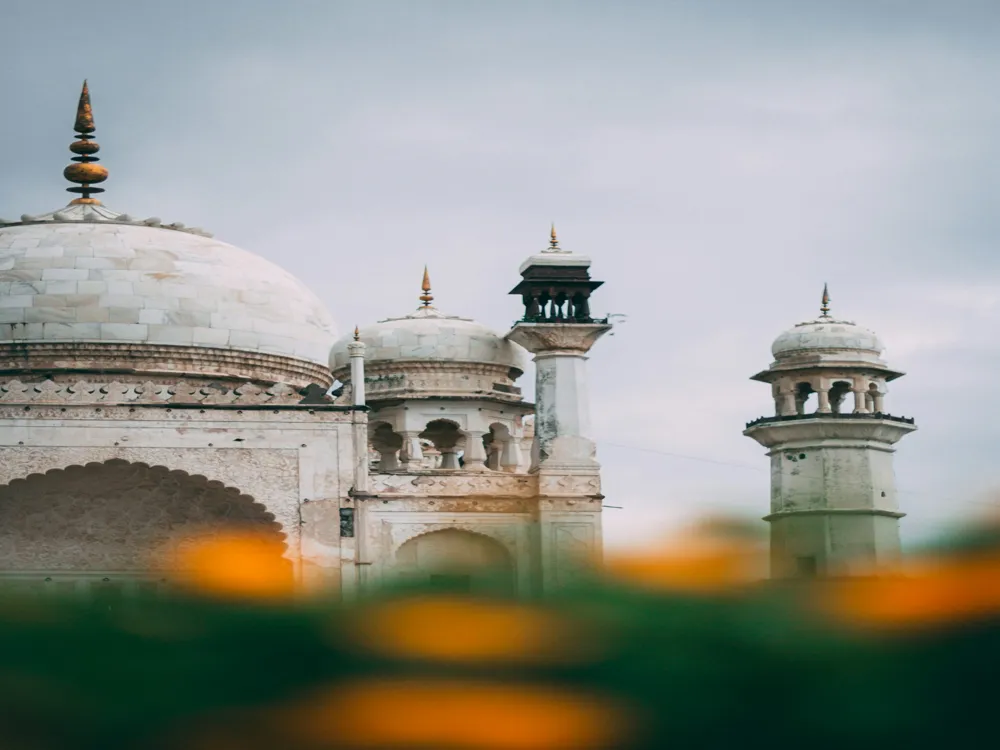Chikhaldara is a hidden gem located in the heart of Maharashtra, renowned for its breathtaking beauty and serene ambiance. This quaint hill station, perched at an altitude of 1,118 meters, is a paradise for nature lovers and peace seekers. The town is steeped in rich history and folklore, believed to be the place where Bheema killed Keechaka and threw him into the valley, hence the name 'Chikhaldara', derived from 'Keechakadara' – the valley of Keechaka.
The beauty of Chikhaldara lies in its lush green forests, undulating mountains, and diverse wildlife. The region is part of the Melghat Tiger Reserve, making it an ideal spot for wildlife enthusiasts. The flora and fauna here are a perfect example of the biodiversity of the Central Indian Highlands. The cool, misty climate not only adds to the beauty but also makes it a perfect retreat away from the bustling city life.
Chikhaldara's charm doesn't end with its natural beauty. The town is rich in agricultural practices, with coffee plantations being a significant part of its landscape. The unique flavor of Chikhaldara coffee is a must-try for visitors. Moreover, the cultural fabric of Chikhaldara is woven with traditions and customs of the local tribal communities, offering a glimpse into their simple yet fascinating lifestyle.
As you wander through the town, you'll encounter numerous viewpoints, each offering a unique perspective of the majestic hills and valleys. The most famous among these is the Hurricane Point, Prospect Point, and Devi Point, offering panoramic views that are nothing short of mesmerizing. The region is also dotted with lakes, like the Bir Lake, Shakkar Lake, and Amner Lake, each adding to the scenic beauty of Chikhaldara.
For history buffs, Chikhaldara offers a walk through time with its forts and ancient temples. Narnala Fort, an architectural marvel, stands as a testament to the grandeur of the past. The fort, along with the Bhimkund and the Gawilghur, narrates the tales of bravery and architectural ingenuity of the bygone eras.
Chikhaldara is not just a tourist destination; it's an experience that combines nature, culture, history, and adventure. Whether it's a quiet stroll through the coffee plantations, a thrilling wildlife safari, or a moment of reflection by a serene lake, Chikhaldara has something for everyone.
Chikhaldara, with its historical significance and natural beauty, boasts an eclectic mix of architectural styles. The architectural landscape of Chikhaldara is a testament to the various dynasties that have ruled the region, from the Marathas to the British colonialists.
The Narnala Fort is an architectural marvel that stands proudly on the hills of Chikhaldara. Built in the 10th century, the fort has witnessed numerous battles and has undergone various reconstructions under different rulers. The fort's three-tiered defense system, comprising of Zafrabad, Narnala, and Teliagarh forts, showcases the military intelligence of the era. The robust bastions, intricate gateways, and the escape routes reflect the strategic importance of the fort in medieval times.
Another architectural wonder in Chikhaldara is the Gawilghur Fort. Perched atop a precipitous ridge, the fort offers a panoramic view of the surrounding valleys. The fort's strong walls and bastions are a testament to the excellent craftsmanship and strategic planning of the Maratha rulers. The fort complex includes ruins of palaces, water tanks, and temples, each narrating a story of the past.
The British influence on Chikhaldara's architecture is evident in the colonial bungalows and churches scattered across the town. These structures, with their gabled roofs, large verandas, and gothic arches, offer a glimpse into the colonial lifestyle. The simplicity and elegance of these buildings stand in stark contrast to the grandeur of the forts, creating a unique architectural tapestry.
The tribal influence on Chikhaldara's architecture is seen in the local villages. The tribal huts, made of mud and bamboo, with thatched roofs, reflect the harmonious relationship between the tribes and their natural surroundings. These structures, though simple, are a marvel of sustainable architecture, perfectly suited to the local climate and topography.
In summary, the architecture of Chikhaldara is a fusion of military ingenuity, colonial elegance, and tribal simplicity. This blend not only makes Chikhaldara architecturally significant but also adds to the overall charm and appeal of the town.
The ideal time to visit Chikhaldara is from October to March when the weather is pleasant, and the natural beauty is at its peak. The monsoon season, from July to September, also has a unique charm, with the landscape turning lush green, but the heavy rains might restrict outdoor activities.
Chikhaldara offers a range of accommodation options, from luxury resorts to budget-friendly guesthouses. It's advisable to book in advance, especially during peak seasons, to avoid last-minute hassles.
While Chikhaldara can be explored on foot, hiring a local taxi or auto-rickshaw is recommended for visiting distant attractions. Make sure to negotiate the fare in advance.
The local cuisine is a must-try, with a variety of Maharashtrian dishes. Don't miss out on the local coffee, which has a distinct flavor owing to the region's unique climate.
Be respectful of the local customs and traditions. When visiting tribal areas or religious sites, dress modestly and seek permission before taking photographs.
Chikhaldara is well-connected by road, and the nearest major city is Amravati, about 100 kilometers away. The closest railway station is Badnera, around 110 kilometers from Chikhaldara. For those preferring air travel, the nearest airport is in Nagpur, approximately 230 kilometers away. From these points, one can hire taxis or take buses to reach Chikhaldara.
Overview of Chikhaldara, Maharashtra
Architecture of Chikhaldara
Tips When Visiting Chikhaldara
Best Time to Visit
Accommodation Options
Local Transportation
Food and Cuisine
Respect Local Culture
How To Reach Chikhaldara
Melghat Tiger Reserve
Chikhaldara
Maharashtra Goa
NaN onwards
View chikhaldara Packages
Weather :
Label : Must Visit
Tags : Wildlife
Best time to Visit : December - May
Closed : During Monsoon and Wildlife Census Period
Planning a Trip? Ask Your Question
Chikhaldara Travel Packages
View All Packages For Chikhaldara
Top Hotel Collections for Chikhaldara

Private Pool

Luxury Hotels

5-Star Hotels

Pet Friendly
Top Hotels Near Chikhaldara
Other Top Ranking Places In Chikhaldara
View All Places To Visit In chikhaldara
View chikhaldara Packages
Weather :
Label : Must Visit
Tags : Wildlife
Best time to Visit : December - May
Closed : During Monsoon and Wildlife Census Period
Planning a Trip? Ask Your Question
Chikhaldara Travel Packages
View All Packages For Chikhaldara
Top Hotel Collections for Chikhaldara

Private Pool

Luxury Hotels

5-Star Hotels

Pet Friendly







